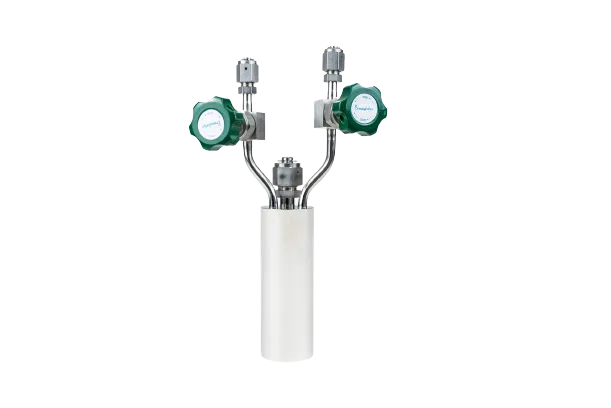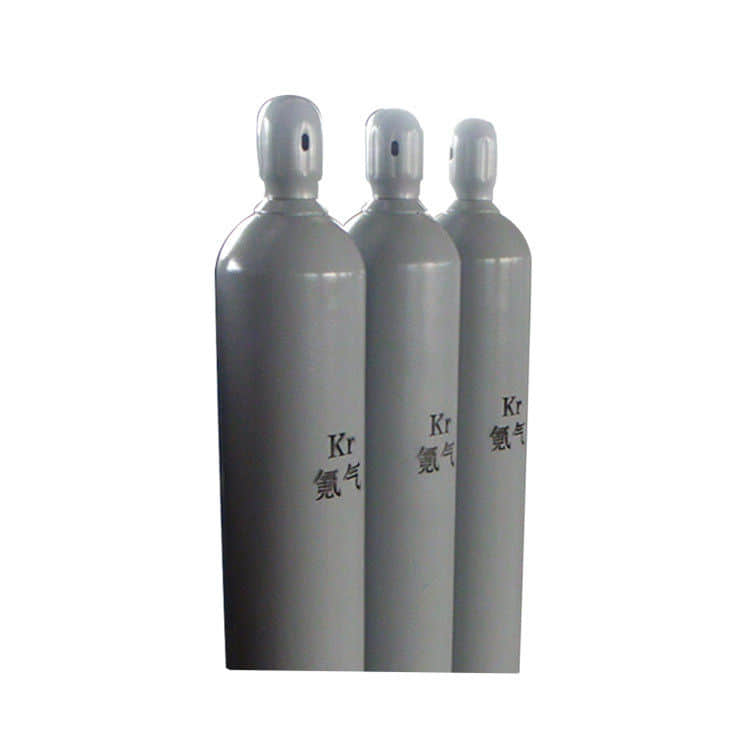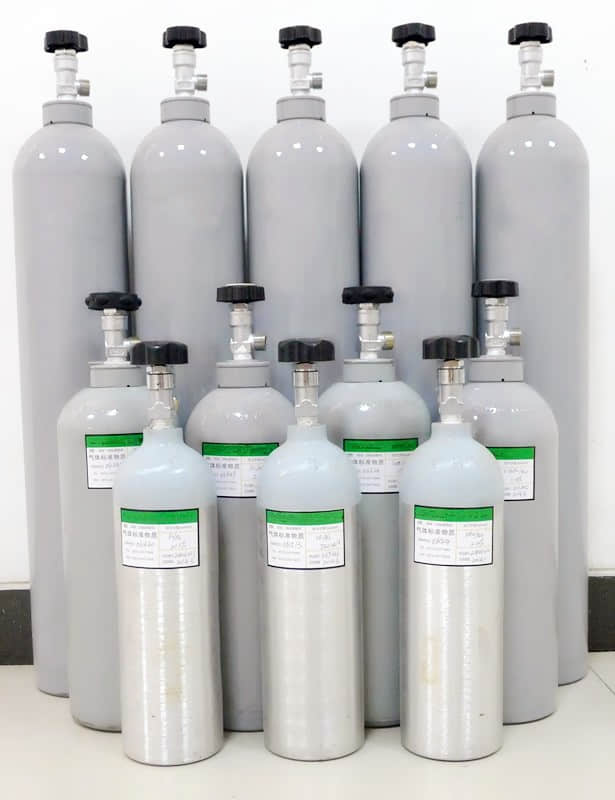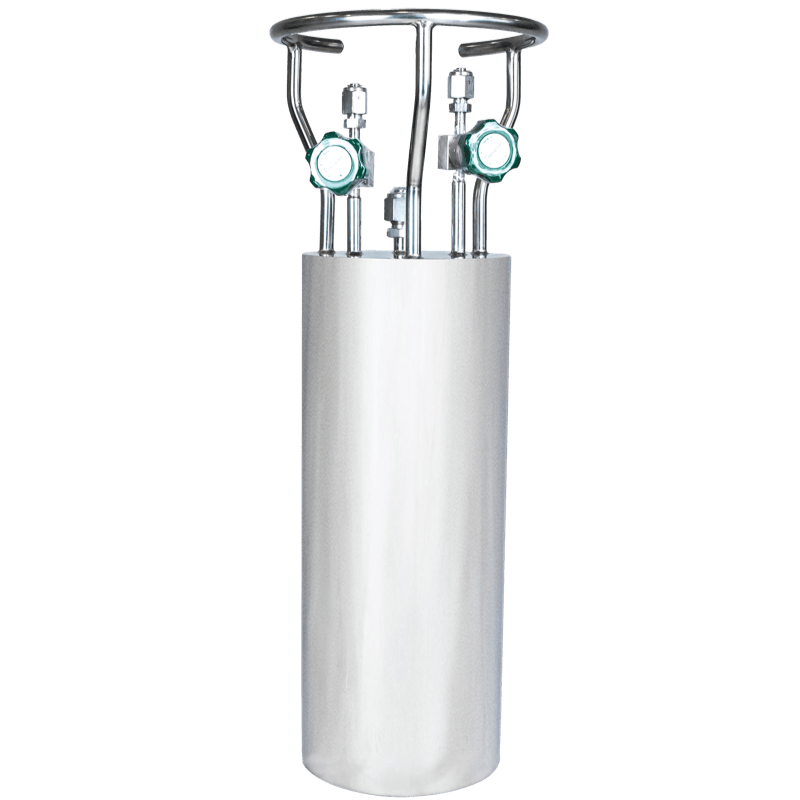What is magnesium?
Molecular formula: Mg (C5H5) 2
Also known as bis (cyclopentadienyl) magnesium.
White crystals. Melting point 176 ℃. Sublimation at 100 ℃. Sensitive to air, humidity, carbon dioxide, and carbon disulfide, solid crystals ignite when exposed to air. Soluble in ether, tetrahydrofuran, benzene, xylene. Brown in color. Strong hydrolysis. Reacting with the chloride of a certain metal can remove magnesium chloride to obtain metallocene. There is still debate on whether the chemical bond belongs to a covalent bond or a metal ion bond in the molecular structure of ferrocene. Magnesium ferrocene is a useful reagent for introducing cyclopentadienyl groups into transition metals.
In the electronics industry, magnesium pentadiene can be used as a dopant in semiconductor materials, such as gallium nitride. Doping is the process of introducing specific elements into a semiconductor material in order to change the electrical and chemical properties of the semiconductor. These changes in properties can make semiconductors more suitable for specific electronic applications.
In addition, magnesium pentadiene has been widely used in organic synthesis. Due to its special structure, magnesium dicene can form complexes with transition metals, which is advantageous in organic synthesis. These complexes can be used as catalysts to promote organic reactions.
Magnesium ferrocene, also known as bis (cyclopentadienyl) magnesium, is a white crystalline substance with a melting point of 176 ℃. This substance is highly sensitive to environmental conditions such as air, humidity, carbon dioxide, and carbon disulfide, and solid crystals may catch fire when exposed to these environments. Magnesium ferrocene can be dissolved in organic solvents such as ether, tetrahydrofuran, benzene, and xylene.
Magnesium ferrocene is a very important reagent in organic synthesis, which can be used to introduce cyclopentadienyl groups into transition metals. In terms of preparation method, ethyl magnesium bromide can react with benzene and ether to remove ethane and obtain bromocyanine magnesium. Metal magnesium can also dehydrogenate with isoprene at 500 ℃ to obtain ferrocene magnesium.
Storage conditions
Keep the storage container sealed and stored in a cool and dry place, ensuring good ventilation or exhaust in the workplace
Stability
If used and stored according to specifications, it will not decompose and there are no known hazardous reactions, avoiding oxides, moisture/humidity, air
Precautions for safe operation
Prevent the generation of dust and aerosols. Provide suitable exhaust equipment in areas with dust generation. Do not approach sources of ignition Smoking and fire are strictly prohibited. Take measures to prevent the accumulation of static electricity.
Conditions for safe storage
Store in a cool place. Keep the container tightly closed and store in a dry and ventilated place. During storage, contact with water is strictly prohibited. Sensitive to water and moisture. Inflatable storage.
Waste treatment methods
Combustion treatment should be carried out in a chemical incinerator equipped with an afterburner and scrubbing equipment, especially during ignition, as this substance is highly flammable and the remaining and unrecycled solution should be handed over to the treatment company.
United Nations Dangerous Goods Number
European Land Transport Dangerous Regulations: 3393 International Maritime Dangerous Regulations: 3393 International Air Transport Dangerous Regulations: 3393






